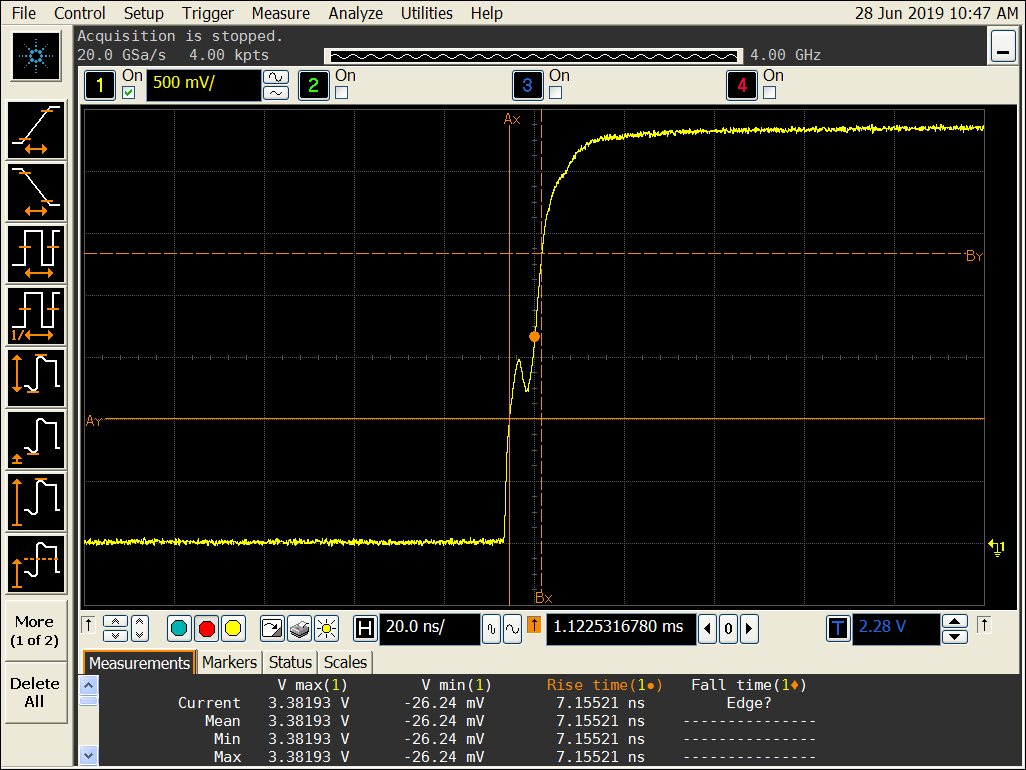Other Parts Discussed in Thread: TCA9517
Hi,
i'm looking into datasheet of TCA9617B & still determining if this device is suitable for my system and I have questions which needs verfication.
Does TCA9617B carry built-in Schmitt Trigger on it's input pins?
In my use case I'm having a non-monotonic I2C clock and data signal inbound and i'm concerned if this might cause double-triggering in my system.
Also if there's indeed schmitt triggers on the input pin, what are the V+(Upper Trip Point) and V-(Lower Trip Point) ?



